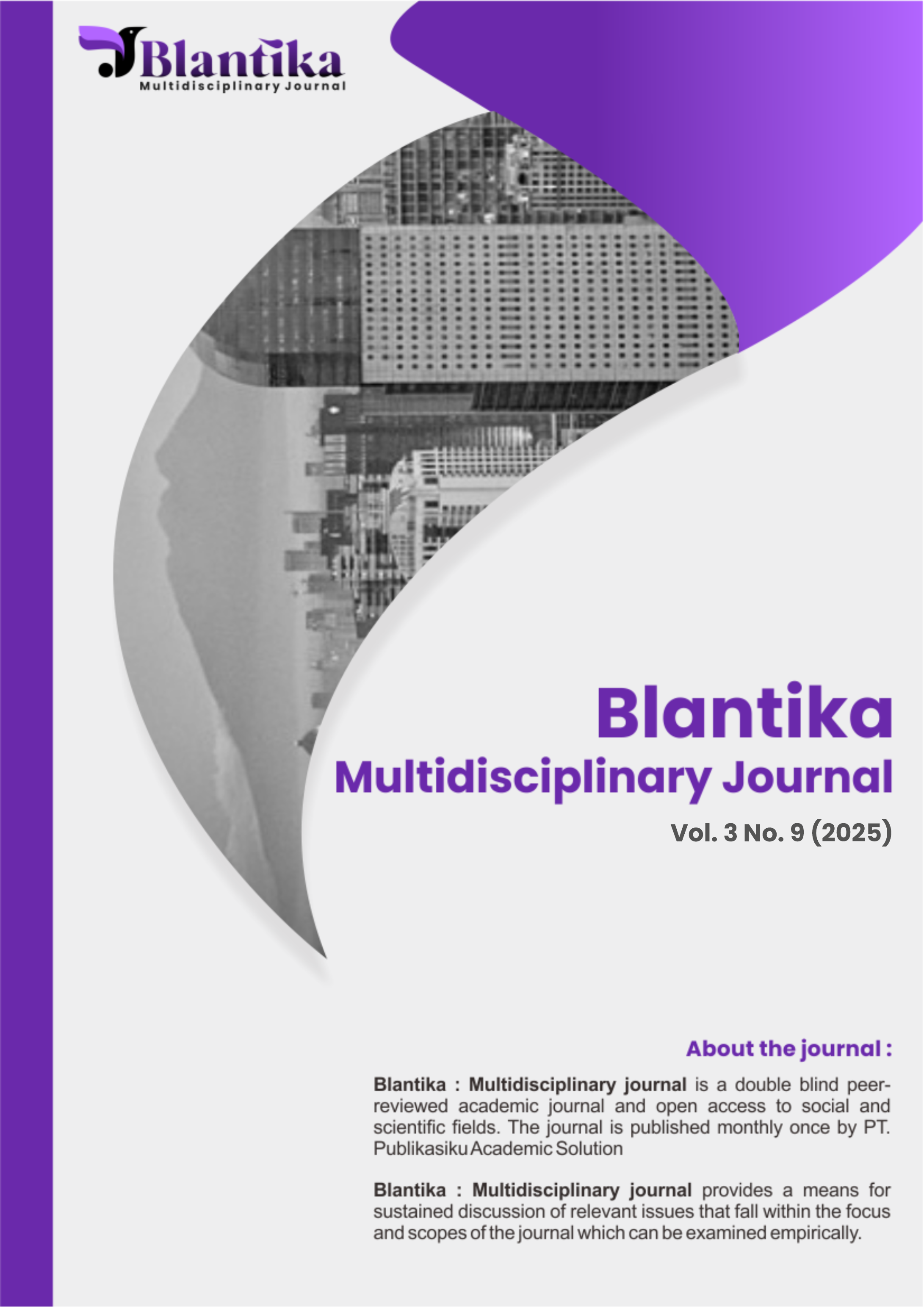Daya Terima Pie Crust Subtitusi Tepung Kacang Hijau (Vigna Radiata L) Dengan Penambahan Jahe (Zingiber Officinale)
DOI:
https://doi.org/10.57096/blantika.v3i9.409Keywords:
pie crust, mung bean flour, ginger, acceptability, functional foodAbstract
This study aims to evaluate the acceptability of pie crust formulated with mung bean flour substitution and the addition of ginger as an effort to develop functional foods. Green bean flour was chosen as a partial substituent for wheat flour due to its high protein, fiber, and antioxidant content, while ginger was added as a functional ingredient rich in bioactive compounds such as gingerol which are anti-inflammatory and antioxidant. The study used a Complete Random Design (RAL) with two factors, namely the substitution rate of mung bean flour (0%, 25%, 50%, and 75%) and the concentration of ginger addition (0%, 1%, 3%, and 5%). The acceptance test was carried out through a hedonic test of color, aroma, taste, and texture attributes by untrained panelists. The results showed that the best formulation was obtained at a combination of 25% mung bean flour and 1% ginger, which had the highest acceptance rate on all sensory parameters. The addition of ginger of more than 2% tends to lower the level of preference, especially in terms of taste and aroma. In conclusion, pie crust with mung bean flour substitution and the addition of ginger to a certain extent is well tolerated and has the potential to be a functional food product that consumers prefer.
Downloads
Published
Issue
Section
License
Copyright (c) 2025 Fitri Rochma Wati

This work is licensed under a Creative Commons Attribution-NonCommercial-ShareAlike 4.0 International License.





